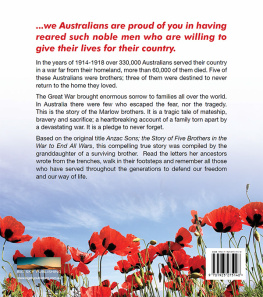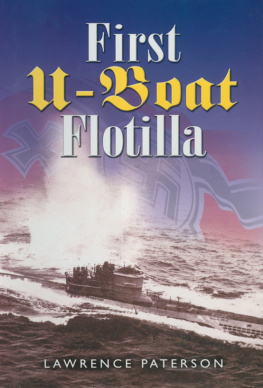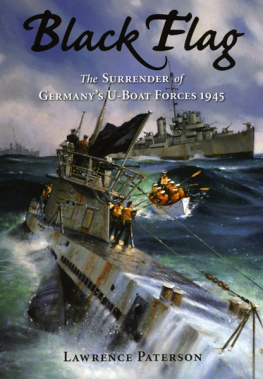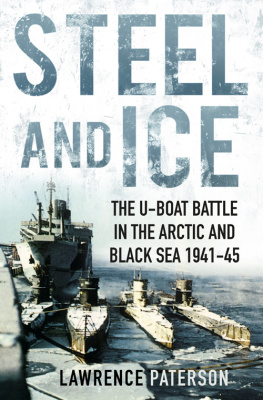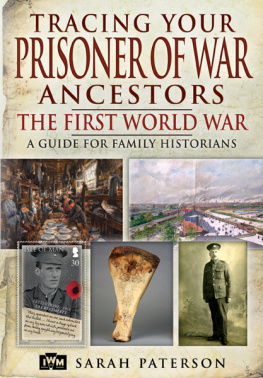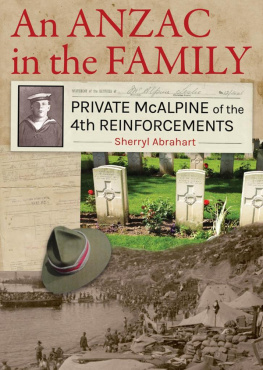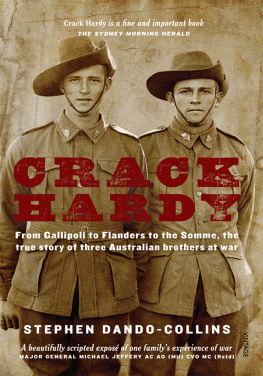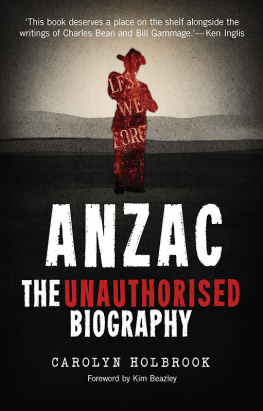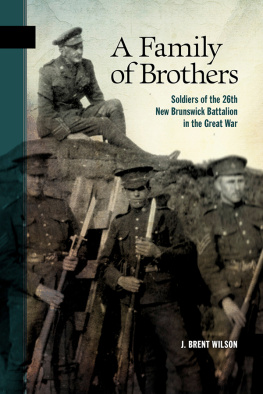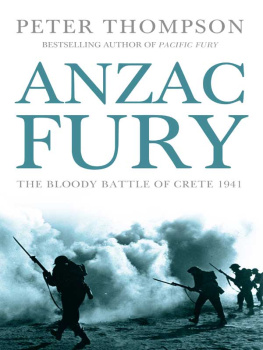
I N THE YEARS of 1914 to 1918 over 330,000 Australians served their country in a war far from their homeland, more than 60,000 of them died.
Five of these Australians were brothers; three of them were destined to never return to the home they loved.
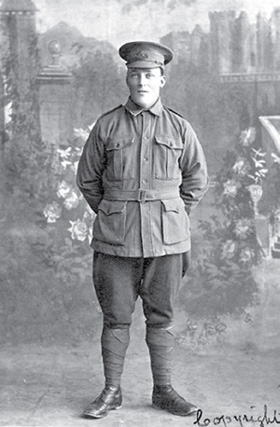
George (Geordie) Tennyson Marlow, born 8 October 1892, was the first son to enlist and later joined the 2nd Light Trench Mortar Battery.
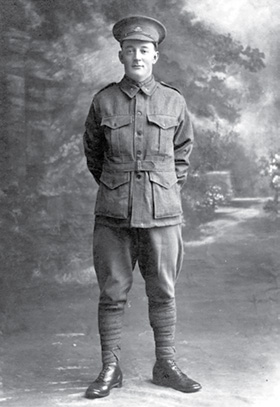
Charles (Charlie) Edward Marlow, born 29 June, 1891, was the fourth son to enlist. He joined the 38th Battalion.
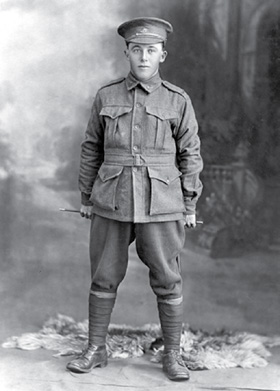
Percy Place Marlow, born 10 December 1895, was Allans twin brother and joined the 38th Battalion.
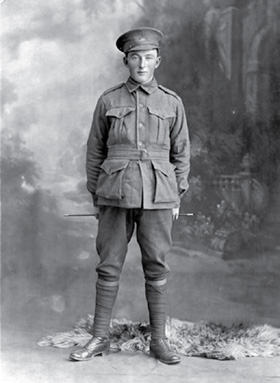
Allan Sharp Marlow, born 10 December 1895, was Percys twin brother. They signed up together to the 38th Battalion.
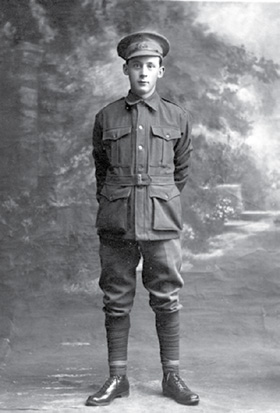
Albert Marlow, born 25 November 1897, was the youngest and last son to enlist. He also joined the 38th Battalion.
W ORLD WAR I broke out in July 1914. At the time it was considered to be the war to end all wars. Today we know that it did not put an end to war.
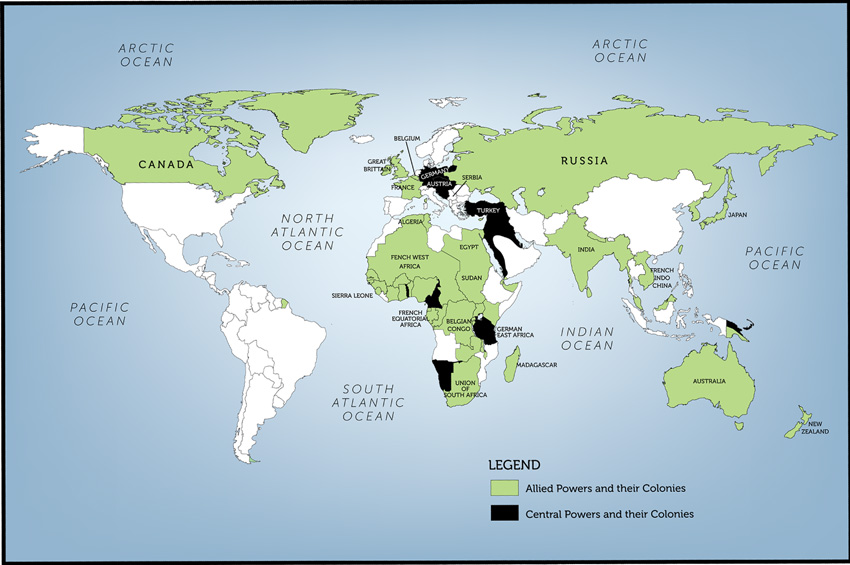
It was one of the greatest tragedies and deadliest conflicts in history.
F AMILIES ALL OVER the world suffered during the war, sons rushed to enlist and daughters went to nurse them.
The story of the Marlow brothers in World War I begins in 1882 when their father migrated from England to Australia. He married Sarah Mahoney who was born on the goldfields at Castlemaine. The young couple purchased a small farm at a town called Mologa in northern Victoria.
Sarah and Charles had seven sons: Jim, Charlie, George, Frederick, twins Allan and Percy and the youngest was Albert. Frederick died as a baby.
The family was very proud of the new home they built in 1912. Decades later, found in a time-worn suitcase and in cupboards in this crumbling old house, were over five hundred letters and postcards. The yellow, stained letters tell the tale of a family torn apart by war.
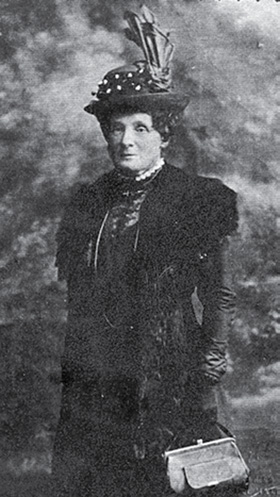
Sarah Marlow circa 1918.
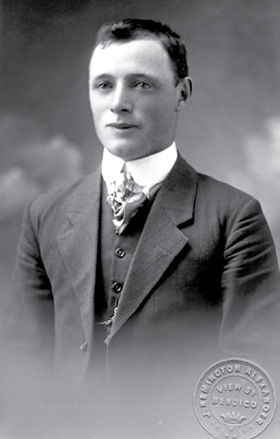
James (Jim) Marlow born 30 September, 1889. The eldest son, he attempted to enlist but was rejected.
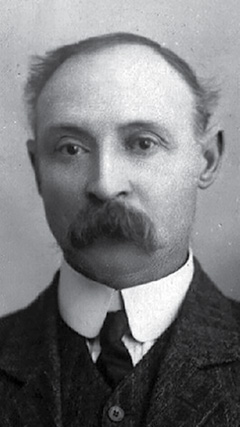
Charles Marlow date unknown.

Sarah Marlow and Albert outside their new home 1912.
1914
T HE MARLOW BROTHERS did not join the rush to enlist when war was declared in 1914. They were either employed or working on the family farm. The enlistment rules at the time also required that men be at least five feet and six inches tall. Jim and Percy were not tall enough. With the common view that the conflict would be over before Christmas, the brothers stayed at home where the wheat harvest was about to begin.
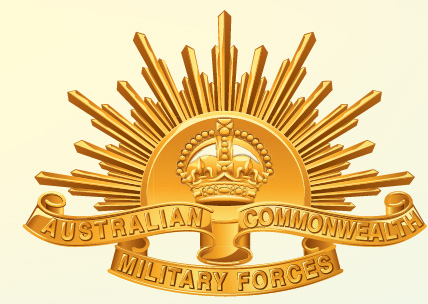
1904 version of the Rising Sun badge Proudly worn by soldiers of the 1st and 2nd AIF in both World Wars. It was worn on the upturned brim of a slouch hat.
Anzac Timeline of WWI
28 July 1914
Austria declares war on Serbia
4 August 1914
Britain declares war on Germany
1 November 1914
The first Anzac troops leave
25 April 1915
Anzac troops land at Gallipoli
March 1916
Australian troops arrive in France
1 July 1916
The Battle of the Somme begins
19 July 1916
Battle of Fromelles begins
24 July 1916
Anzacs capture the village of Pozires
28 October 1916
The Conscription Referendum is defeated
6 April 1917
The United States declares war on Germany
11 April 1917
The First Battle of Bullecourt begins
20 September 1917
The Battle of Menin Road begins
4 October 1917
3rd AIF Division captures Broodseinde Ridge
12 October 1917
The Battle for Passchendaele
31 October 1917
Australian Light Horse captures Beersheba (Palestine)
20 December 1917
The 2nd Conscription Referendum is defeated
25 April 1918
Australians capture Villers-Bretonneux
4 July 1918
Australian-American infantry attack capture Le Hamel
8 August 1918
The Battle of Amiens begins
5 October 1918
Australians fight their last battle at Montbrehain
11 November 1918
The Armistice is signed and the war ends
1915
W HEN 1915 ARRIVED it became clear that the war was not about to end quickly. A complex maze of trenches stretched for over 700 kilometres from the coastline of Belgium through France to the Swiss border. This region became known as the Western Front. The invading German forces held much of the high ground on the hills and ridges upon which they began to build concrete fortifications and intricate trench systems. The soldiers of the French, Belgian and British forces dug in on the low ground in front of the German troops to prevent any further regions of France and Belgium from being captured. This frontline was to remain largely deadlocked for the next three years. The opposing forces faced each other across no mans land and neither side could make any significant breakthrough.
After the April 25 landing of the troops of the Australian Imperial Force (AIF) at Gallipoli, the demand for more men to replace those who had been killed or injured increased. In July, the height requirement was reduced to five feet two inches.
Gallipoli
The objective of the Gallipoli campaign was for Allied troops to reach the capital of Turkey (Constantinople) through the Dardanelles Strait, knock Turkey out of the war and clear the access to Russia through the Black Sea.
From the landing at Anzac Cove on 25 April 1915 to when the Australians were withdrawn in December, around 50,000 men had served on the peninsula. Casualty figures from major battles and campaigns do not always agree but over 8,700 Australians had died and around 19,000 were wounded. In total over 46,000 Allied lives were lost.
Next page
